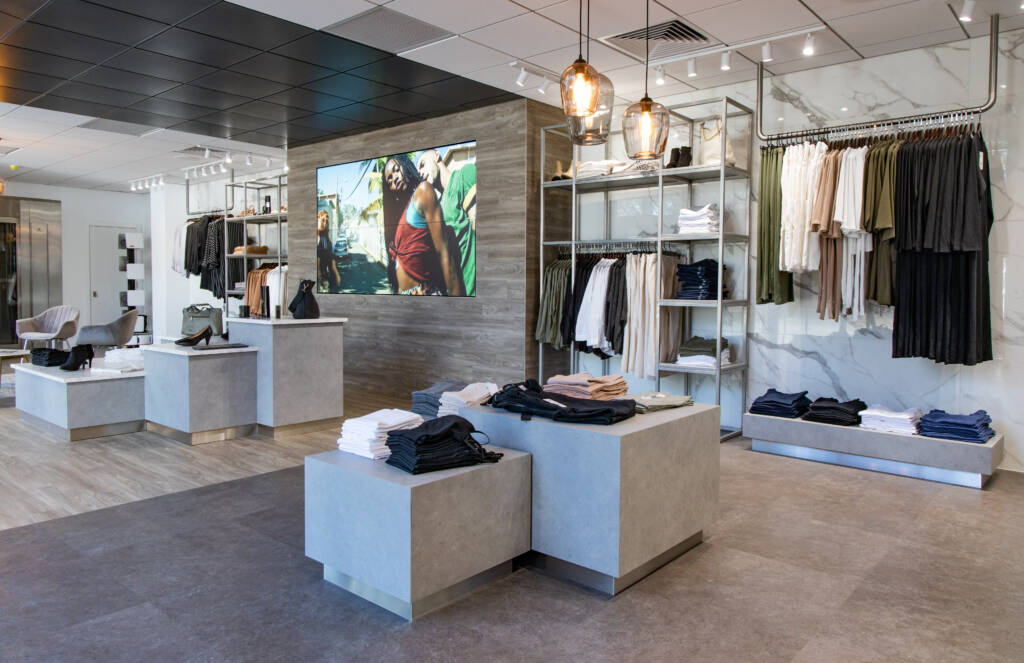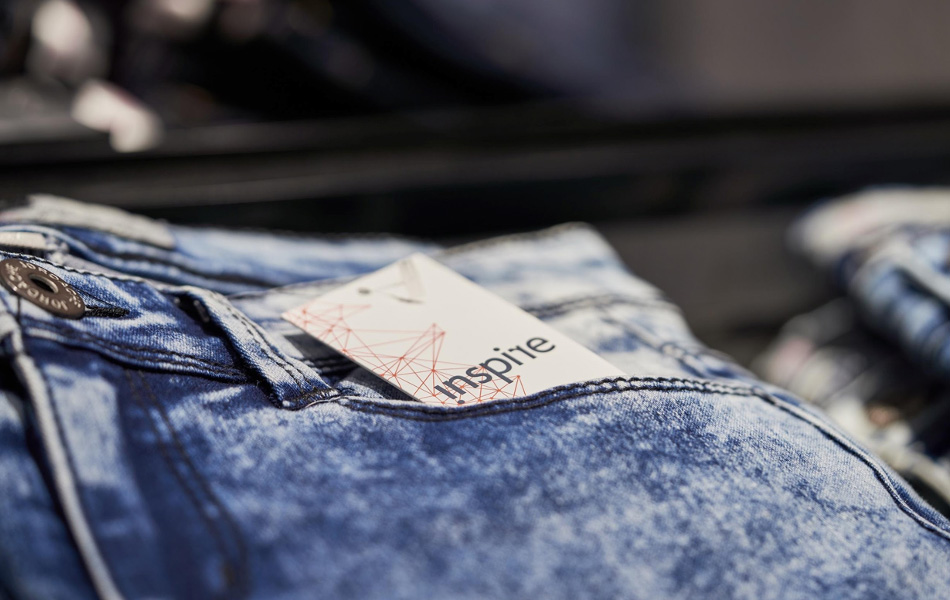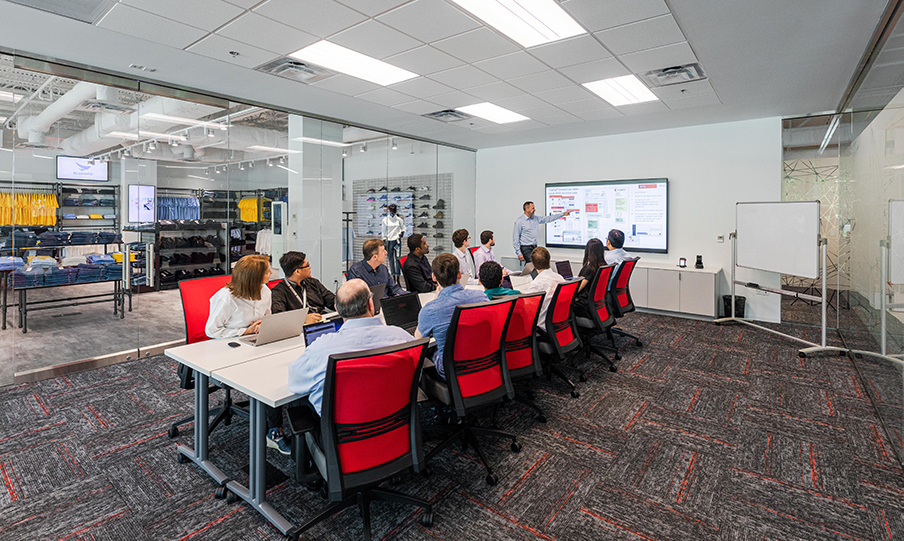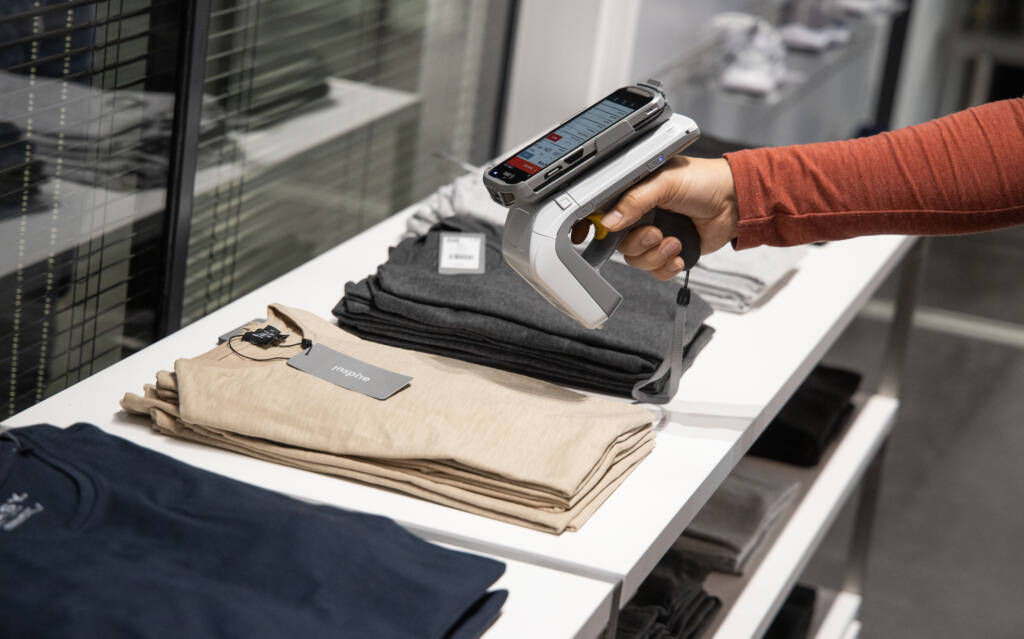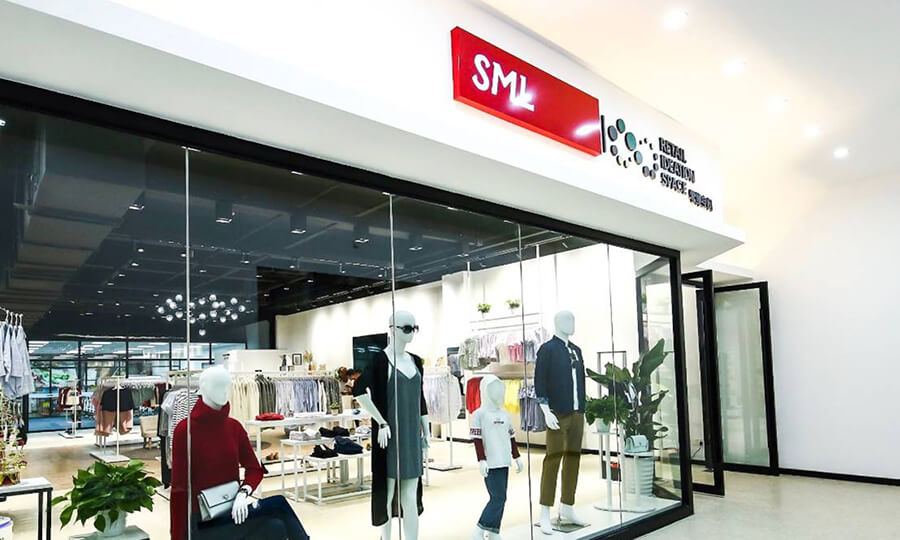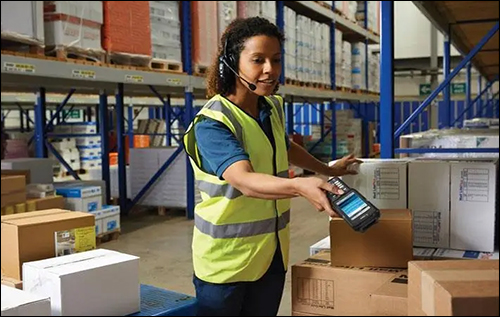Deploying RFID as a Small Retailer
Small independent retailers can be viewed as having a disadvantage compared to large-scale retailers and department stores as they navigate a post-pandemic selling environment. Apparel retailers in particular have had to navigate their way through challenges around supply shortages, competitive prices from larger retailers, and rising overhead costs to remain operational. As a result, many small retailers have not emerged from the pandemic in a healthy financial situation and many others closed their doors permanently because they were already in financial jeopardy prior to the pandemic. This is backed by Federal Reserve research, which found that only 35% of small businesses were secure by the end of 2019, and those less secure were three times more likely to cease operations.
Technology and innovation have emerged as significant themes for small retailers that have prospered in the aftermath of the pandemic. Successful brands were able to pivot and adapt, introducing new channels for sales and revenue generation, as well as adopting technologies that aided inventory management, streamlined manual operations, and increased quality and transparency.
Difficulties Facing Small Retailers
For many entrepreneurs, starting a business is a major milestone, but maintaining a lasting business model is the greater challenge. There are several common obstacles that every retailer large or small encounters including recruitment, establishing a customer base, and developing a brand identity. However, there are unique challenges that smaller retailers face that require targeted solutions to drive effectiveness.
Smaller retailers often lack resources to develop software solutions in-house and can struggle to maintain their competitiveness against larger competitors and their omnichannel offerings such as BOPIS (buy online, pick up in-store). With reports indicating that 56% of consumers intend to use such services, omnichannel provisions often require investments in technology as well as dedicated labor to execute those processes, which smaller retailers often do not have. Failing to consistently meet omnichannel demands may mean that consumers shop elsewhere, adding to the financial constraints of smaller retailers.
How RFID Can Help
Research has suggested that digitally advanced smaller businesses generate twice as much revenue per employee, so the time is ripe for small retailers to implement technological solutions.
Item-level solutions can help smaller retailers in a range of ways, from their daily operations to the customer and employee experience. Improving manual operations such as stock counting with RFID dramatically improves the speed of the associate experience and relieves pressure from already overburdened retail staff. This frees up associates to focus on delivering an elevated customer experience, whilst simultaneously improving omnichannel operations by reducing cancelled orders and the time required to locate items.
Additionally, RFID solutions can ensure that smaller retailers are provided with better insight into their inventory and reserves. Research undertaken by SML suggests that RFID can deliver inventory management with between 93 – 99% accuracy, allowing small retailers to have greater insight and control over their inventory. This is essential for improving operational capacity, improving sales and profitability, and delivering on modern sales strategies such as BOPIS.
To find out more about how item-level RFID can help your small business, contact info@sml-rfid.com

